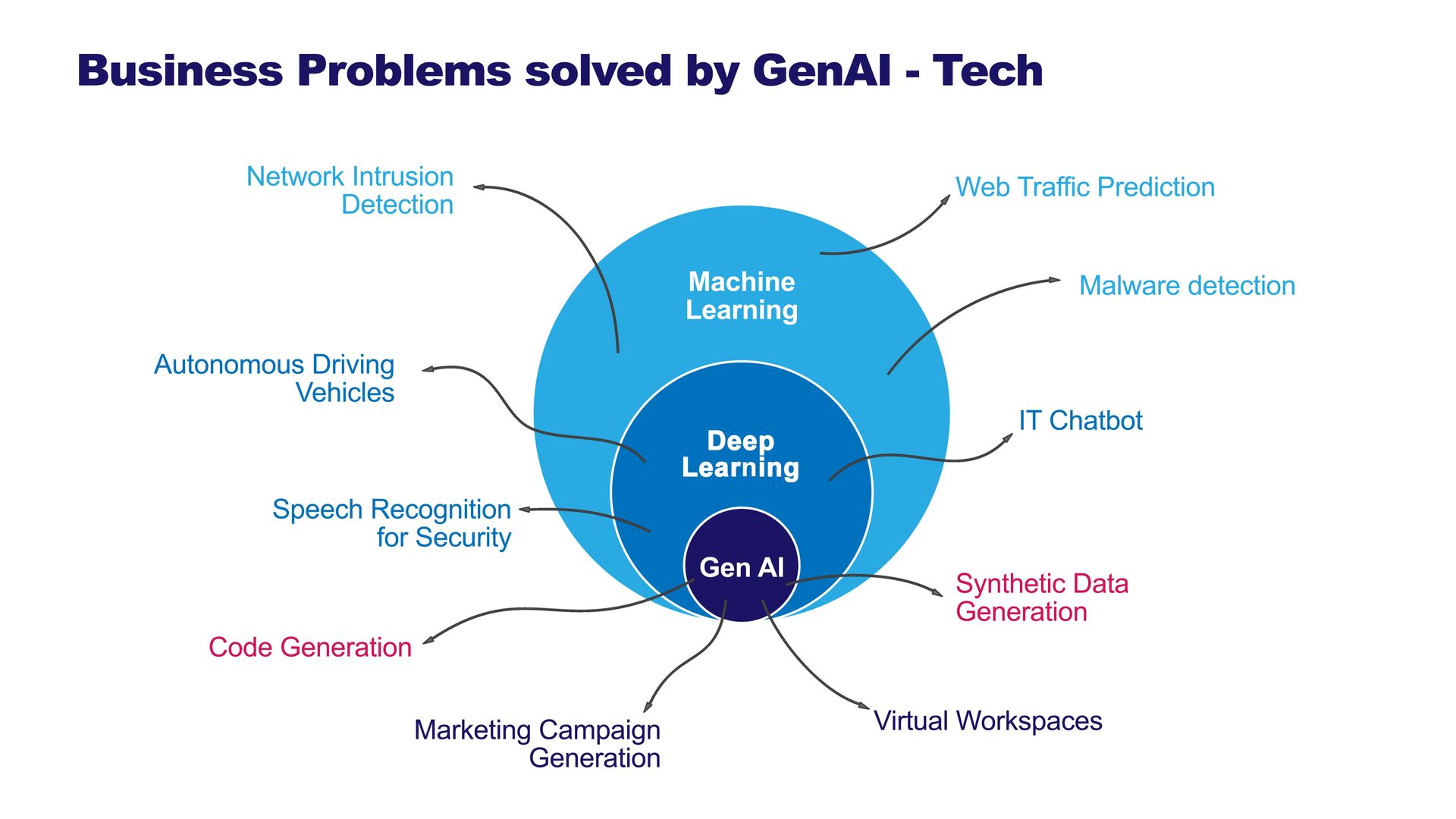Embracing the Hybrid Cloud: The Future of Enterprise Computing
December 12, 2023
Contrary to earlier beliefs that private IT infrastructure might become obsolete, it’s becoming evident that these environments will continue to exist and evolve.

The evolution of cloud computing has been nothing short of revolutionary, yet it's clear that the journey towards digital transformation isn't a one-way street. In the dynamic landscape of enterprise computing, a hybrid approach combining the strengths of both public clouds and private infrastructures is emerging as the future.
The Hybrid Reality
Despite the rapid growth of cloud computing, an enormous volume of data and digital workloads remains on traditional private infrastructures. This scenario isn't expected to change anytime soon. Often, discussions about the cloud focus mainly on migration – a one-directional shift from private data centers to the public cloud. However, this perception overlooks the complex reality where many workloads continue to reside on private clouds for various reasons including cost efficiency.
Public Clouds: A Piece of the Puzzle
The allure of public cloud infrastructure as a driver of innovation is undeniable. Yet, this isn't a one-size-fits-all solution for all enterprise computing challenges. The slowdown in revenue growth for cloud-computing giants post-pandemic signals a shift towards a more balanced approach. Mark Shuttleworth, founder of Canonical, highlights this trend, predicting a future where enterprise data centers and public clouds operate in harmony.
The Role of Private IT Infrastructure
Recent insights from tech researcher IDC indicate a growing recognition of the enduring relevance of private data centers. Around 55% of all enterprise data was stored in public clouds in 2022, and that level is forecast to rise to 71% in 2027 but private data centers continue to play a crucial role. Contrary to earlier beliefs that private IT infrastructure might become obsolete, it’s becoming evident that these environments will continue to exist and evolve.
Blurring Lines Between Cloud and Private Data Centers
The distinction between cloud and private data centers is becoming increasingly blurred. Public cloud providers are adopting concepts like confidential computing, which offers enhanced security measures. This convergence suggests a future where the decision between on-premises and cloud infrastructure will largely be driven by financial considerations and specific business needs.
The Innovation in Private Data Centers
Companies like Oxide Computer are bridging the gap between cloud and non-cloud realms. Co-founder Steve Tuck emphasizes their focus on integrating the benefits of cloud computing into private data centers. This approach signifies a push towards a more efficient, services-oriented infrastructure that mirrors cloud efficiencies.
The Financial Dynamics
The choice between investing in private data centers or leveraging public cloud services is becoming a strategic financial decision. As Shuttleworth notes, the decision will depend on the potential for reasonable returns from capital investments in private data centers versus the operational costs of renting public cloud infrastructure.
Specific Use Cases and Strategic Considerations
Certain workloads, particularly in sectors like finance or transportation, may inherently benefit from remaining on-premises due to their specific requirements. Additionally, concerns around data sovereignty, security, and the proximity of computing infrastructure to data locations can influence the decision to maintain a hybrid environment.
The Path Forward
The journey towards cloud migration is undoubtedly the right direction for many organizations, but it's not a blanket solution. Rodney Zemmel of McKinsey Digital points out that while cloud migration is generally beneficial, it's not always the best strategic or financial move. Companies like Travelers Insurance are navigating this hybrid landscape, aiming for a cloud-dominant future while acknowledging the current need for a balanced tech strategy.
The future of enterprise computing is not about choosing between the cloud and private data centers; it's about leveraging the strengths of both. This hybrid approach allows for flexibility, security, and efficiency, catering to the diverse and evolving needs of businesses. As we move forward, the integration and collaboration between public clouds and private infrastructures will be key to driving innovation and success in the digital era.
12 West Street, Suite 3, Keene, NH 03431 (603) 506-6450
© Copyright 2022 | All Rights Reserved | Menadena, LLC | Accessibility | Privacy | Terms | Cookies





